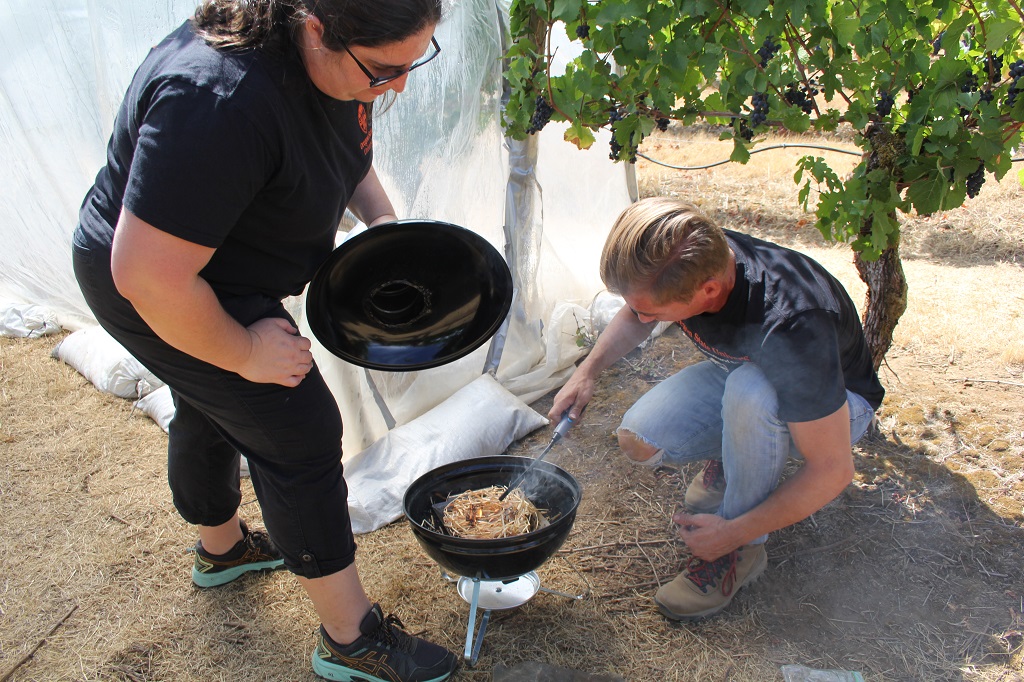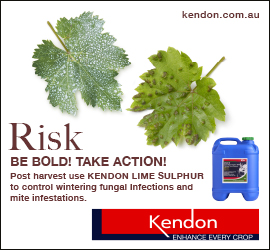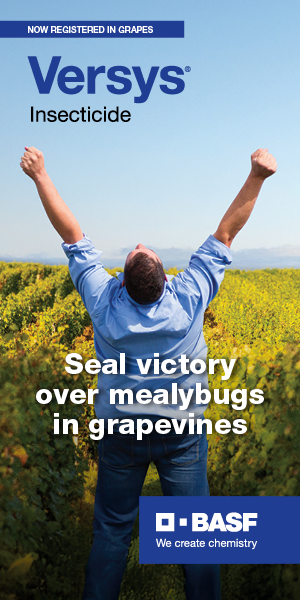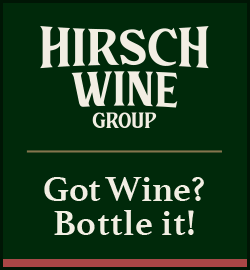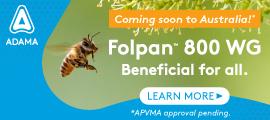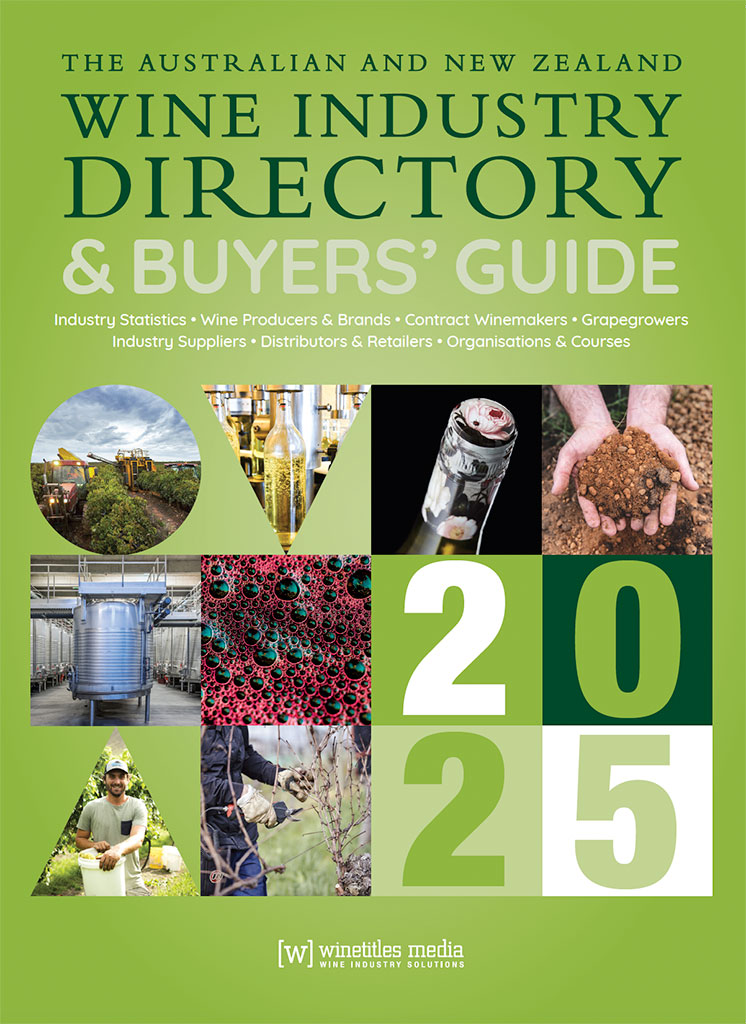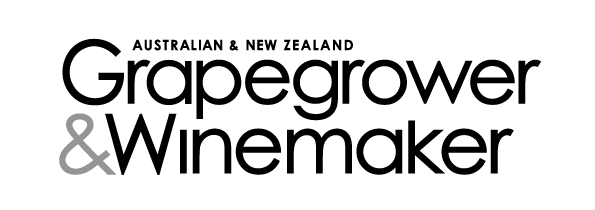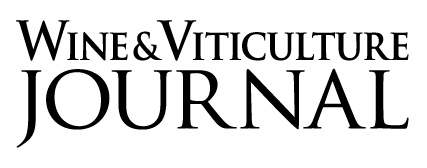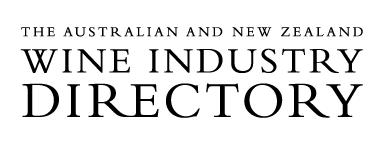Elizabeth Tomasino, an associate professor of oenology, and Cole Cerrato study the impact of smoke exposure on grapes at Oregon State University’s Woodhall Vineyard. Photo: Sean Nealon
Some consumers appear open to drinking smoke-impacted wines, a new study has found, with researchers hopeful that the findings could highlight market opportunities for winemakers dealing with the effects of smoke on grapes.
Researchers from Oregon State University and New Zealand found that some consumers, particularly those who favour smoky flavours in food and beverages, are open to drinking smoke-impacted wines. The study also found that the type of information on the label can modify consumer acceptance.
“This research provides vital information for the wine industry,” said Elizabeth Tomasino, a professor of oenology at Oregon State. “It demonstrates that with certain wine drinkers there is a potential market for these smoke-impacted wines.”
Across the world, the wine industry has been heavily impacted by the increasing threat of bushfires. An economic analysis of the 2020 wildfires on the West Coast of the United States estimated wine industry losses up to US$3.7 billion.
Following the 2020 fires, a research team led by Oregon State scientists, received a US$7.65 million grant from the US Department of Agriculture to study the impact of smoke on wine.
Since then, the researchers have made several key advances. They discovered a class of compounds that contribute to smoke impact in grapes. They also developed spray-on coatings for grapes that have shown promise in preventing off flavours in wines that result from contact with wildfire smoke.
The latest research, published in the journal Food Research International, focuses on consumer attitudes toward smoke-impacted wine.
For the study, Tomasino and doctoral student Jenna Fryer sent smoke-impacted and non-smoke wine made from Oregon Pinot Noir grapes to New Zealand. Working with Amanda Dupas de Matos and Joanne Hort at Massey University, 197 participants were then recruited for the study, which measured the participants’ responses to the wines.
The research was conducted in New Zealand, which has not been significantly impacted by bushfires, however future research will compare these results from New Zealand to findings from tasting panels in Oregon and Ohio.
With the research in New Zealand, two clusters of consumers were identified: one that liked the smoke-impacted wine (110 people) and the other that disliked it (87 people).
Findings of the study included:
- The smoke-liking group had an average liking score of 6.86 out of a nine-point scale.
- The smoke-disliking group had an average score of 3.26.
- The introduction of labels, versus unlabelled wine, increased liking of the smoke-impacted wines for the smoke-dislikers from just over three to more than five on the nine-point scale. One of the labels overtly referenced bushfires with the words “Smoke Stack, experience the 2020 vintage with this unique, lightly smoky wine.”
- The different labels did not have a significant an impact on the smoke-likers, but their average scores were still above six, outpacing the dislikers.
“Our findings indicate that there is more forgiveness among consumers for these smoky wines than winemakers think,” Tomasino said. “It seems winemakers have a lot more options if they want to sell wine made with these grapes.”
Researchers say that the findings show there are potential tools winemakers can use to make a smoke-impacted wine viable for the market. One option is blending, a common winemaking technique that in this case could involve mixing a smoke-impacted wine with a non-impacted wine. Winemakers can also take different approaches to labelling and marketing to specifically target the smoke-liking group.
